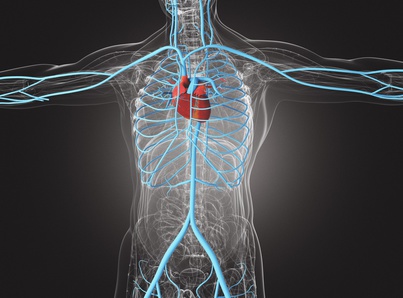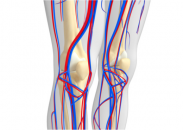Peripheral artery disease hinders patient quality of life extensively. In advanced stages, such as critical lower limbs ischemia (CLLI), it could yield an increased risk in major cardiovascular events, as well as limb-related events (amputation or repeat revascularization), making treatment with revascularization paramount in these cases. Calcification is a predictor of revascularization failure, which is…
Are Elevated Lipoprotein (a) Levels Associated with Increased Adverse Events After Peripheral Endovascular Treatment?
Peripheral arterial disease is a manifestation of systemic atherosclerotic disease with increasing prevalence. Moreover, this disease is associated with a high risk of mortality and cardiovascular events. Lipoprotein (a) (Lp a)—which has a proatherogenic, proinflammatory, and antifibrinolytic role—has been shown to be related to major cardiovascular events and peripheral vascular events after acute coronary syndromes…
Peripheral Artery Disease: Underestimated and Undertreated
Compared against coronary artery disease (CAD) or cerebrovascular disease patients, peripheral artery disease (PAD) patients have lower chances of receiving medication proved to be clinically effective such as statins (despite running the same risk, perhaps even higher risk). The message is we should be more active both in finding risk factors in PAD patients, and…


